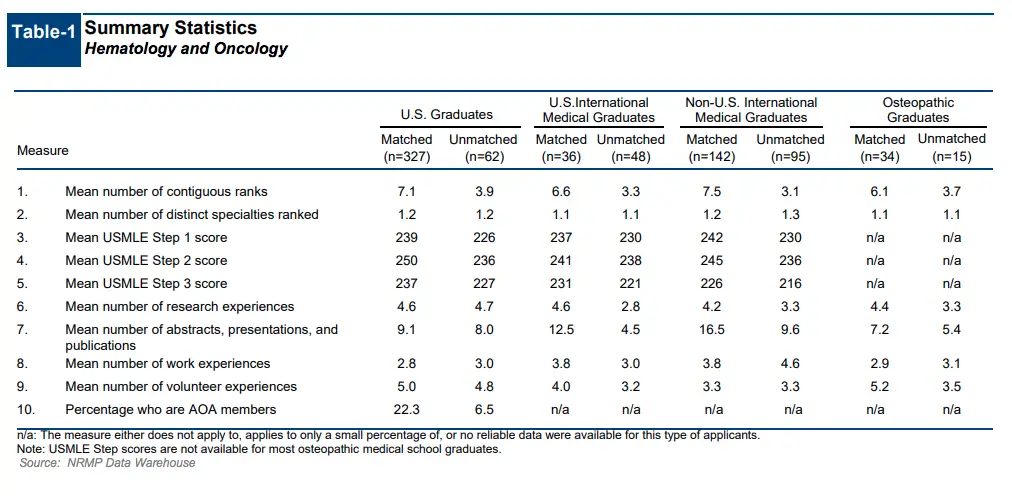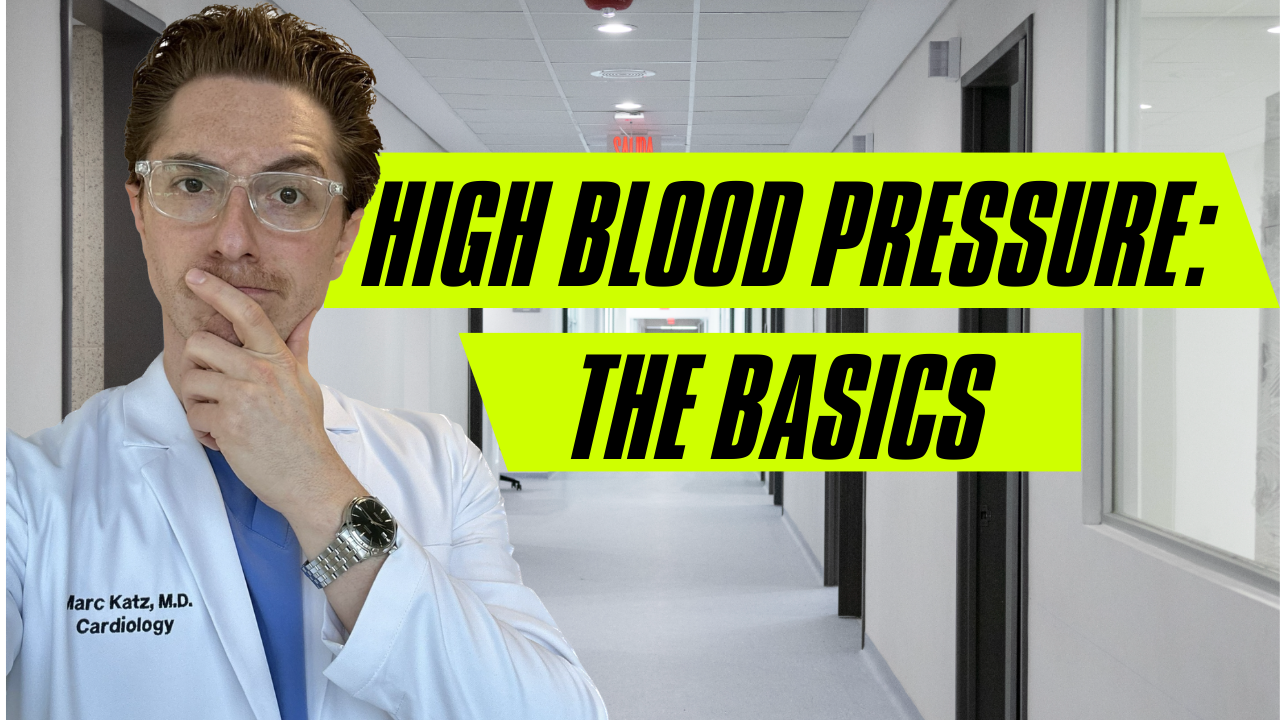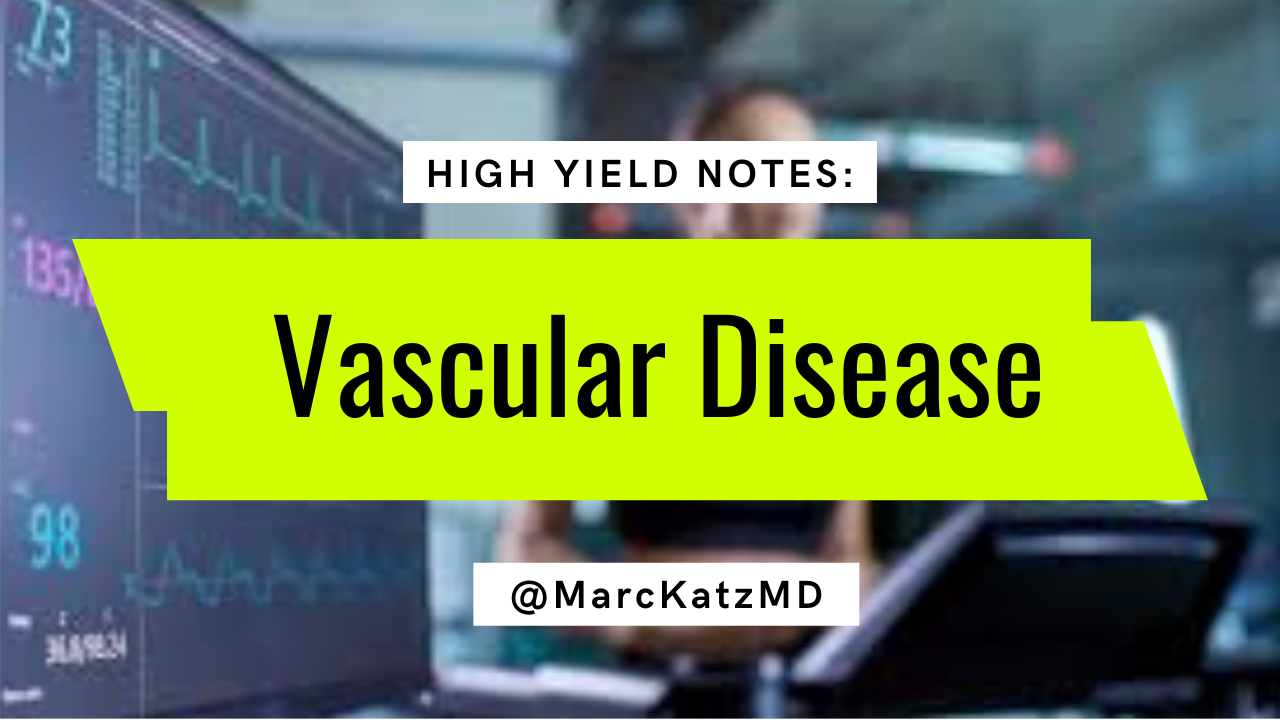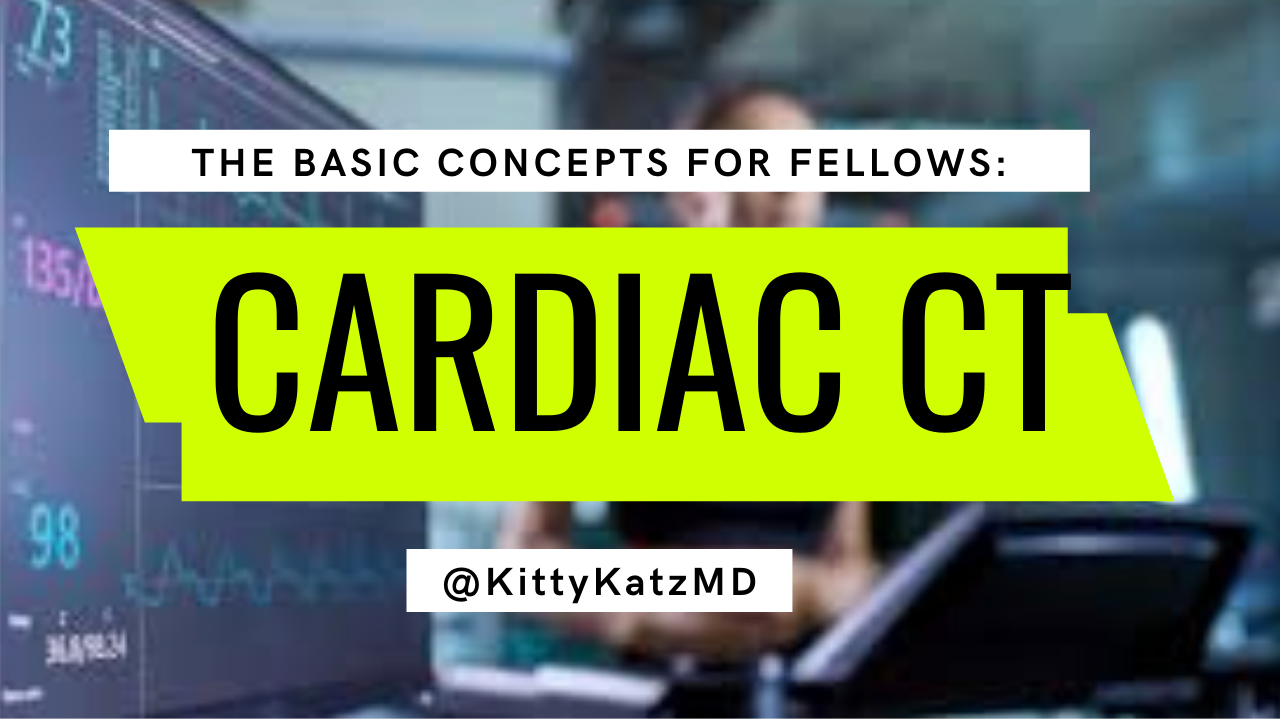How To Match Into a Hematology & Oncology Fellowship
Joel Alcid is a third year internal medicine resident finishing up his final year of residency at Hahnemann University Hospital/Drexel University College of Medicine. Next year he will be starting his fellowship training in hematology and oncology. I sat down with him to learn more about how he earned this monumental achievement and tips for medical students and residents who are interested in pursuing a heme/onc fellowship too
Thanks for letting me pick your brain Joel. Can you tell my followers a little bit about yourself?
Thank you for this opportunity. I am happy to share my thoughts and provide some guidance for those who are interested in pursuing a career in hematology/oncology. But first here are some fun facts about me
- I am Filipino-American
- Born and raised in North Jersey
- Attended the University of Hartford and majored in respiratory therapy (yes, I originally thought of pulmonary/critical care prior to med school)
- Attended the American University of Antigua for medical school
- I’m a huge boxing fan, my favorite boxer is of course…Manny Pacquiao
- I currently train at James Shuler’s Gym in West PhillyI recently got married in August of this year in Riviera Maya, Mexico
Did you always know you wanted to pursue hematology and oncology (heme/onc) fellowship? What about it attracted you?Yes. I knew since my third year of medical school that I wanted to pursue a career in hematology/oncology. I was always interested in the variety of pathology within the field, especially the cancer aspect. During my fourth year of medical school I was fortunate enough to do a one-on-one sub-internship rotation with an attending in his private practice. I had the chance to gain firsthand experience of what a career in heme/onc would be like. The diversity and complexity of the cases I was seeing on a daily basis attracted me to this specialty. From a patient with recurrent invasive ductal carcinoma who had developed metastasis to bone to a patient with a skin lesion that was diagnosed as mantle cell lymphoma.
Another aspect of the field that I developed immense respect towards during my rotation was the chance to support patients through their emotional struggles. Close patient contact and forming relationships with the patients is an important aspect of medicine in which I really enjoy and I feel the doctor-patient relationship seems especially important when the battle against cancer is shared over many years and often through multiple phases of progression and response. It’s definitely an exciting time to go into heme/onc as there are many new up and coming treatments along with endless ongoing clinical trials.
Do a lot of subspecialties in heme/onc exist? Are they traditionally additional years of dedicated fellowship training?
Great question. Those who are pursuing a career in academics tend to specialize in one area of hematology or oncology such as only treating breast or lung cancer for example. Most academic centers have faculty members for each type of cancer. Just like internal medicine, it is difficult to “know everything” and I think that’s why some are heading into the direction of just focusing on one type of cancer. A sub-specialist in an academic setting will generally spend most of their time geared towards research, clinical trials, teaching and maybe 1 or 2 days of clinic. How it typically works is you would either tailor your practice towards your specific interest or look for an opening in your area of interest which will usually be in an academic center.
For those who want to pursue a career in bone marrow transplant, additional fellowship training is required. Bone marrow transplant is an advanced fellowship which is an additional year after completing the initial 3 years of heme/onc. There are some non ACGME accredited 1 year fellowships available at top cancer centers like MD Anderson for leukemia, lymphoma, and myeloma.
Do you plan on pursuing a subspecialty?
Although I have an interest in solid tumors I will not be pursuing any subspecialty. The variety of pathology is what attracted me to this field so I would like to be a “generalist” and treat all types of cancer. If I only focused on breast or lung for example I would definitely miss seeing patients with myeloma, pancreatic, prostate, or even gynecologic cancers. My career goal is to go into private group practice and treat a variety of malignancies.
Every specialty is becoming more and more competitive to match into. Can you share with us some data on what your fellowship application looked like?
I definitely agree that most specialties continue to become more competitive each year. Here are some data for hem/onc from the 2018 NRMP fellowship match data
- 553 spots with 760 total applicants
- 73 % matched, 27% went unmatched
- US allopathic grads: 327 matched, 62 unmatched
- US IMG’s (like Caribbean med grads): 36 matched, 48 unmatched
- Non US IMGs: 142 matched, 95 unmatched
- Osteopathic: 34 matched, 15 unmatched
Below are the details on the statistics from the NRMP match data. You can see the average USMLE step scores for matched and unmatched applicants from US medical schools, IMG’s, international medical graduates, and osteopathic graduates. For instance, the average USMLE step 1 score of US, IMG, and international matched grads respectively were 239, 237, and 242.

What research did you work on during residency? Was that below, above, or an average amount of research for someone applying to heme/onc?
Research is a major component of the fellowship application (especially compared to residency). Research can be any abstracts, poster presentations, publications, or quality improvement projects. Anytime I would see a patient with a rare malignancy I would look it up to see if there have been any case reports published and if only a few have been reported, then I would use that opportunity to write up my own case report. I was taking care of a patient with a primary DLBCL (diffuse large B-cell lymphoma) of the cervix and primary pulmonary angiosarcoma (both extremely rare) and took the opportunity to write them up. They were both accepted for publication in an online oncology journal and have been presented as poster presentations at several meetings. I also worked on a case series with a gynecologic oncologist comparing patients with low grade serous ovarian cancer that was also published in an online oncology journal.
As far as poster presentations, I was able to present some of my abstracts at several meetings including the Lymphoma and Myeloma International meeting in NYC, the American College of Physicians Southeastern PA chapter meeting, the Drexel Discovery Research Day and our departments own internal medicine annual research day. I also presented an overview of the treatment guidelines for autoimmune hemolytic anemia at the Drexel Hematology journal club.
Here are some data regarding research from the 2018 NRMP fellowship match. For US allopathic grads, the average research (abstracts, presentations and publications) was 9.1 for matched and 8 for unmatched. US IMGs had 12.5 for matched and 4.5 for unmatched. Non US IMG had 16.5 matched and 9.6 unmatched. Based on this data, the more research you have, the safer you are to match. Bottom line..find time for research!!
Did you complete any quality improvement projects?
I worked on a quality improvement project with 3 other residents who were also going into heme/onc. We decided to evaluate blood transfusion utilization and cost analysis at Hahnemann University Hospital. We conducted a retrospective chart review of packed red blood cell transfusions administered at Hahnemann University Hospital during the month of May 2017. Data collected included pre-transfusion hemoglobin level, quantity of units transfused, post-transfusion hemoglobin level, the patient’s primary service, and level of care. One hundred and fifty-three charts were reviewed across all specialties and units. Twenty-one percent of blood transfusions in this period, representing 41 units of packed RBC, were determined to be inappropriately administered. Based on the figures from the ASH 2008 study, the estimated patient costs of these inappropriately administered units may be as high as $140,753. Our conclusion was that the number of blood transfusions administered during the period under review that did not follow the AABB guidelines was substantial. Stricter adherence to established evidence-based guidelines for red blood cell transfusions could represent a significant cost-saving measure.
What advice do you have for medical students interested in pursuing heme/onc?
For medical students who know they want to pursue hem/onc…more power to you! To make yourself a competitive applicant for residency, you must do well on USMLE step 1 and step 2 CK. Lower than average scores can hurt you in the long run and yes they still matter for fellowship. I would recommend setting up 1 or 2 heme/onc electives during your 4th year so you can get an idea of what it’s like to be an oncologist. Try to rotate at the outpatient clinic, as heme/onc is primarily an outpatient specialty. An inpatient or consult elective would be a misrepresentation of what the specialty is truly like.
When rotating on a hem/onc elective try to attend all of the conferences such as tumor boards and ask if you can even present a case. Feel free to ask the fellows and attendings questions on what their daily routine is like. Remember, to become a hematologist/oncologist, you must first get accepted into an internal medicine residency. So work hard and ace those boards!
What advice do you have for residents who are interested in pursuing heme/onc?
For residents interested in pursuing heme/onc, I would make sure the attendings and fellows know you’re interested from the beginning. Try to do as many rotations as you can whether it be the inpatient service, consults or outpatient clinic. The more they see you around, the more they will see that you are truly interested. I know not all residency programs will have an in-house fellowship or not have any available heme/onc rotations so I recommend scheduling an away rotation at program that has a heme/onc fellowship. This can be an “audition rotation” and might be beneficial in the long run (letters, connections, etc).
Also try to join any heme/onc interest groups and if there are none then perhaps create one! This will definitely look good on the CV.
As mentioned above, research is a vital component of the fellowship application. Try to get started early (as early as first half of intern year). Some projects will take time and you want to make sure you have enough to put on your CV come application time (towards the end of PGY-2). Ask around if any ongoing projects are available for you to join. Senior residents and fellows are good resources to ask.
Ask for letters in advance (anywhere from January-April) depending on the size of the residency program. Internal medicine program directors have to write a letter for every resident applying for fellowship so make sure to notify them early so they have ample amount of time.
How many programs did you apply to, interview at, and rank?
Hem/onc gets more competitive every year. I thought I had a decent application (also reviewed by current fellows and attendings) but I was surprised with the response I received from programs. I applied broadly to around 80 programs and only received 6 interview invites. I ranked all 6 programs and I’m thankful that I matched. I heard the safe number of interviews to have to increase your chance of matching is around 6-10 but that is variable. Some have matched with fewer and some didn’t match with 10 or even more.
I will training at East Carolina University/Vidant Medical Center in Greenville, NC. I am definitely excited for this opportunity but will miss my family and friends in Philadelphia/New Jersey.
If you had to be a component of plasma what would you be?
Hmm…I would probably be the globulins..since they are important for immune system and help protect against bacteria and viruses. I can put the boxing training to use!
If any of my readers have a follow up question where can they find you?
My instagram is @joelal_md and my email is joelalcidmd@gmail.com . Please feel free to contact me with any questions


